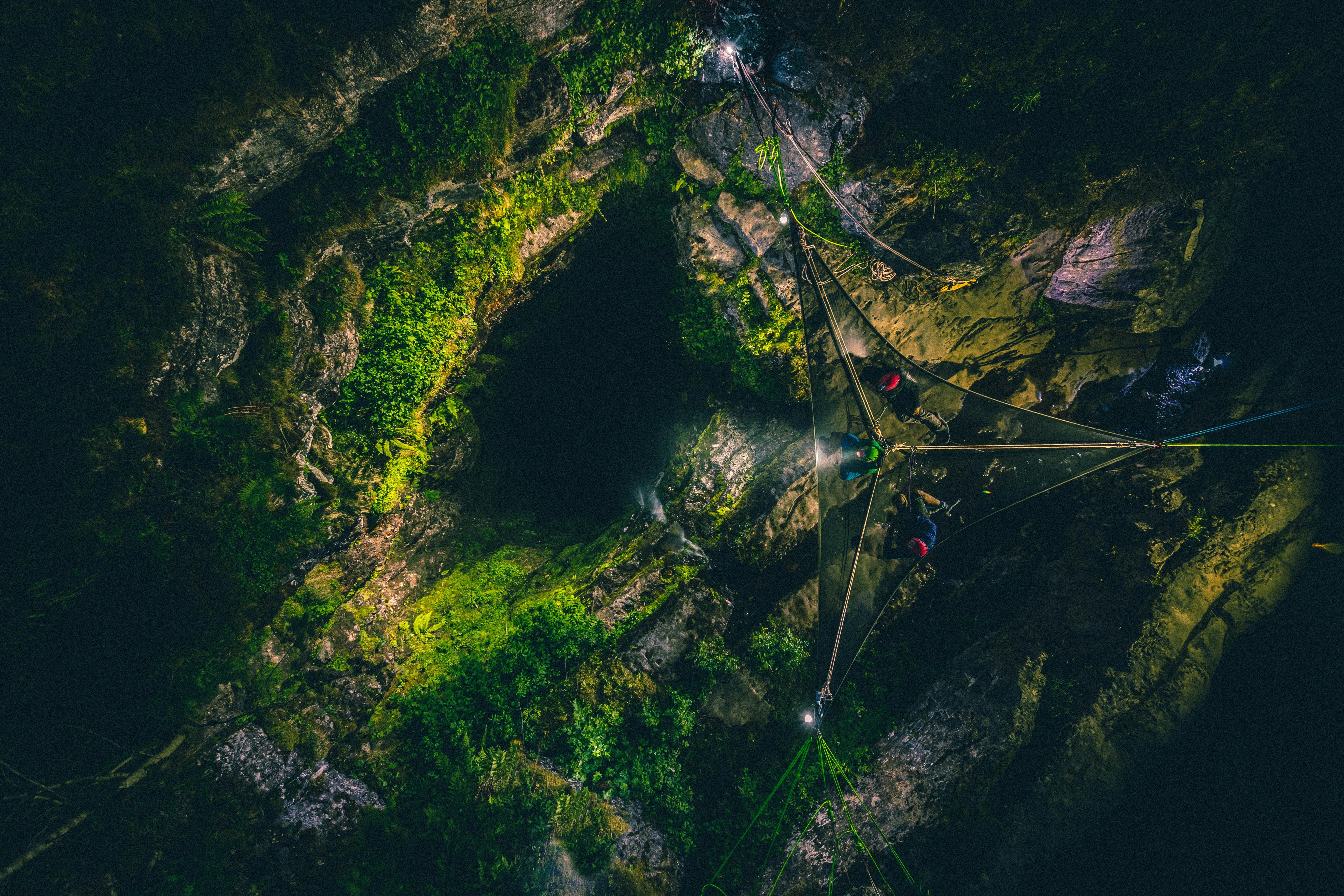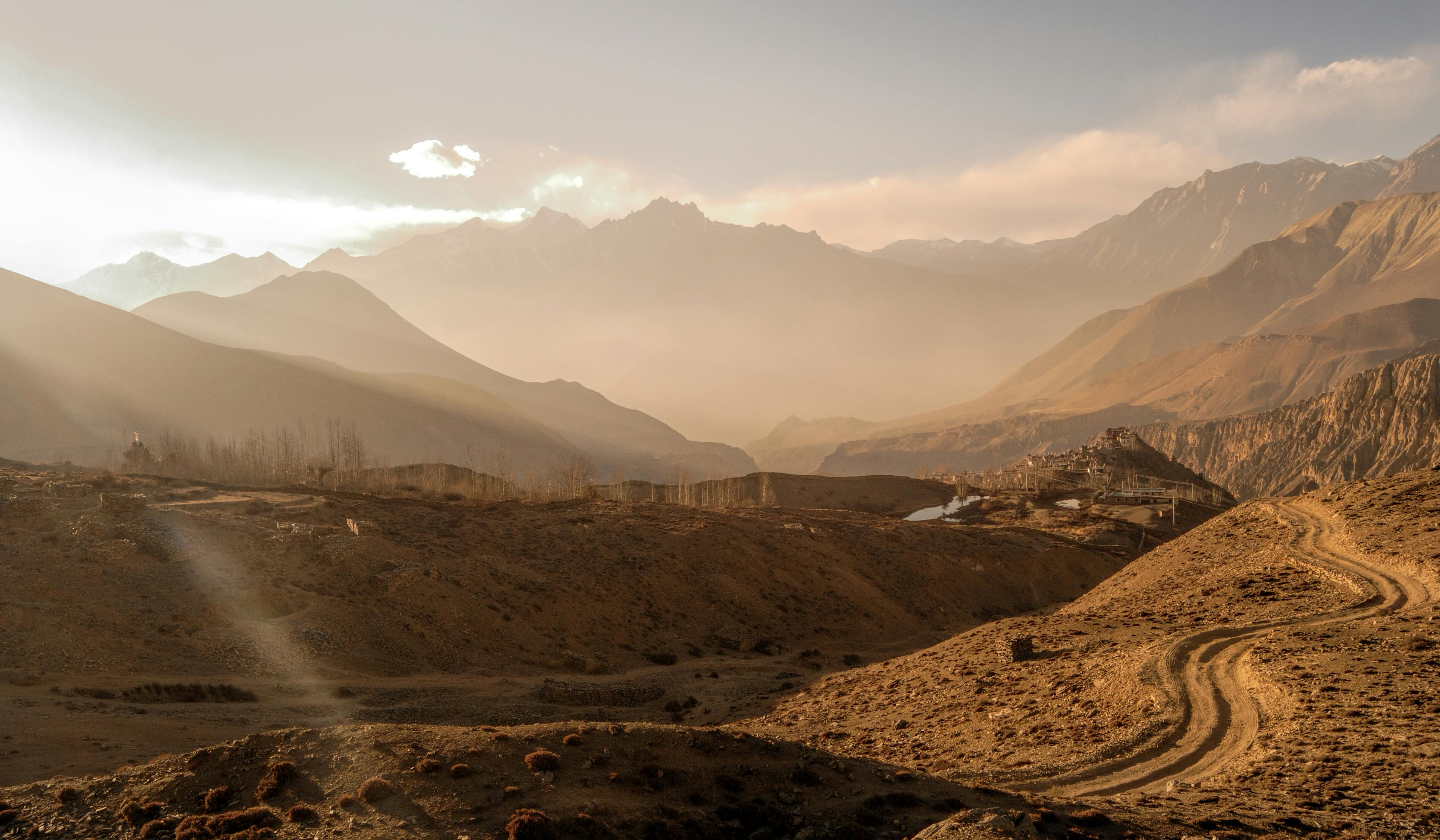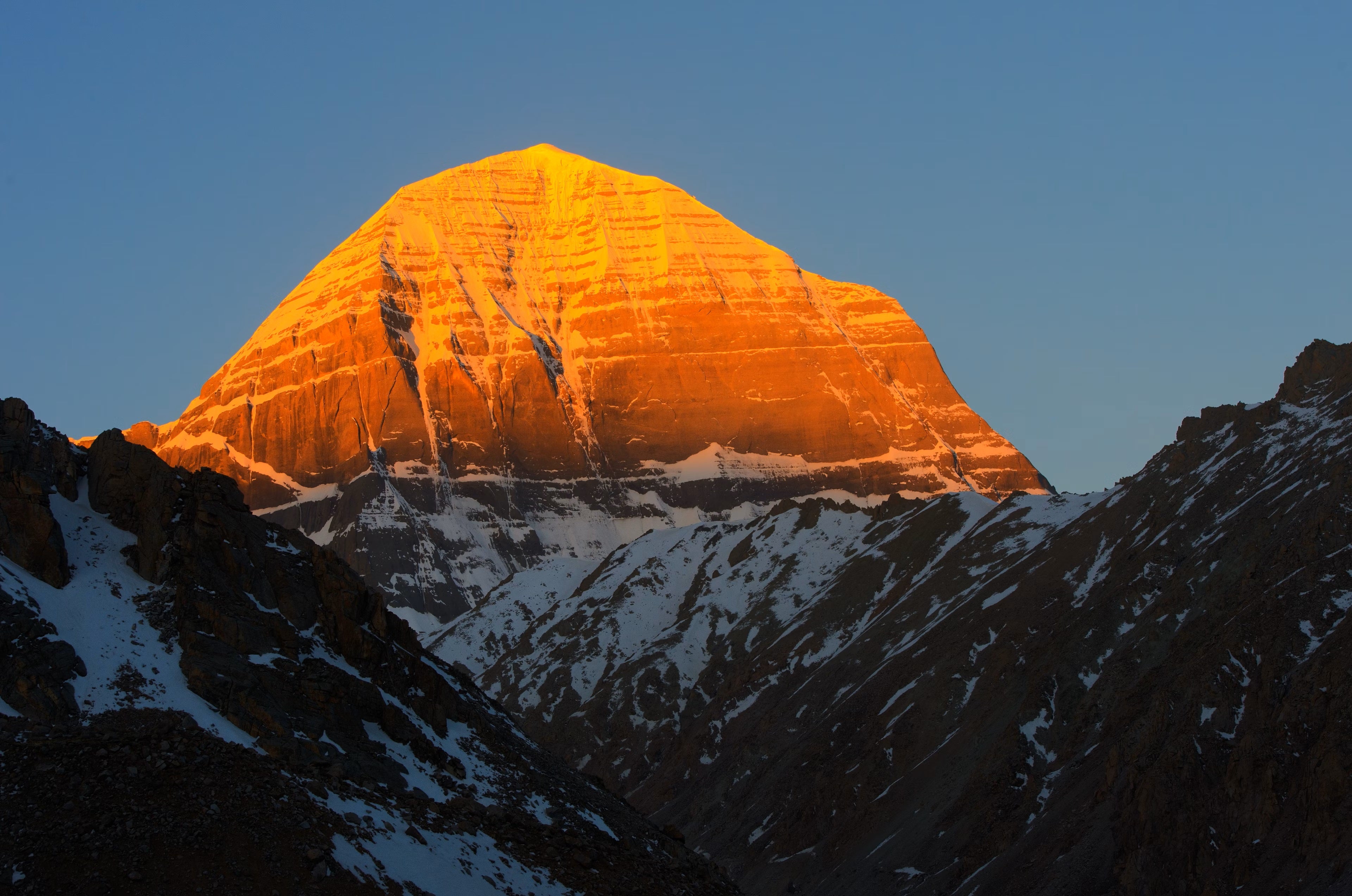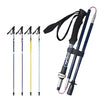Discover our collection story
Pemakö's design concept is inspired by the sacred landscapes of Tibet, each product collection embodies nature’s transformative power, resilience, and the spirit of self-exploration.

Shambhala
Shambhala is a transliteration from Tibetan, means "Blissful Land." It is regarded as the origin of the Kalachakra Dharma and represents the ideal pure land sought by Tibetan Buddhists.
In Buddhist mythology, it is also known as a mystical kingdom or "Mandala." The concept of Shangri-La, popularized by James Hilton's novel Lost Horizon, is believed to have been inspired by this legend.

Krorän
Krorän, located on the eastern edge of the Taklamakan Desert, was once a prosperous oasis city and a key hub on the ancient Silk Road, linking the Far East with Europe.
Described in ancient texts as a fertile oasis with abundant resources, the city thrived on agriculture and trade. However, due to climate change and river shifts, Krorän was eventually engulfed by the desert, becoming a "lost city."
In 1900, Swedish explorer Sven Hedin discovered the ancient ruins of Krorän, dubbed the "Pompeii of the Desert," which amazed the world. The site, rich in cultural artifacts, offers a glimpse into the wisdom and creativity of the Loulan people, while its mysterious disappearance continues to captivate the imagination. Krorän remains a symbol of both Western Region history and the spirit of exploration along the Silk Road.

Kailasa
Krorän, located on the eastern edge of the Taklamakan Desert, was once a prosperous oasis city and a key hub on the ancient Silk Road, linking the Far East with Europe.
Described in ancient texts as a fertile oasis with abundant resources, the city thrived on agriculture and trade. However, due to climate change and river shifts, Krorän was eventually engulfed by the desert, becoming a "lost city."
In 1900, Swedish explorer Sven Hedin discovered the ancient ruins of Krorän, dubbed the "Pompeii of the Desert," which amazed the world. The site, rich in cultural artifacts, offers a glimpse into the wisdom and creativity of the Loulan people, while its mysterious disappearance continues to captivate the imagination. Krorän remains a symbol of both Western Region history and the spirit of exploration along the Silk Road.
Zangbo
Zangbo, the Tibetan term for rivers, holds deep significance in Tibetan culture and the natural landscape. It represents not only a vital source of life but also a profound symbol of spiritual faith for the Tibetan people.
In Tibetan Buddhism, the Zangbo is viewed as a sacred flow that nourishes the earth, harmonizing with nature and symbolizing the movement of compassion, wisdom, and interconnectedness. In Bon traditions, the Zangbo is considered the lifeblood that links heaven and earth, channeling the energy that flows through the universe.
The Zangbo is also rich in myths and legends, with its flowing waters believed to purify the soul, cleanse negative energies, and sustain all living beings. Whether in religious practices, cultural customs, or daily life, the Zangbo embodies the essence of continuity, vitality, and spiritual power, reflecting the river’s central role in maintaining the balance and vitality of life in the highland region.








